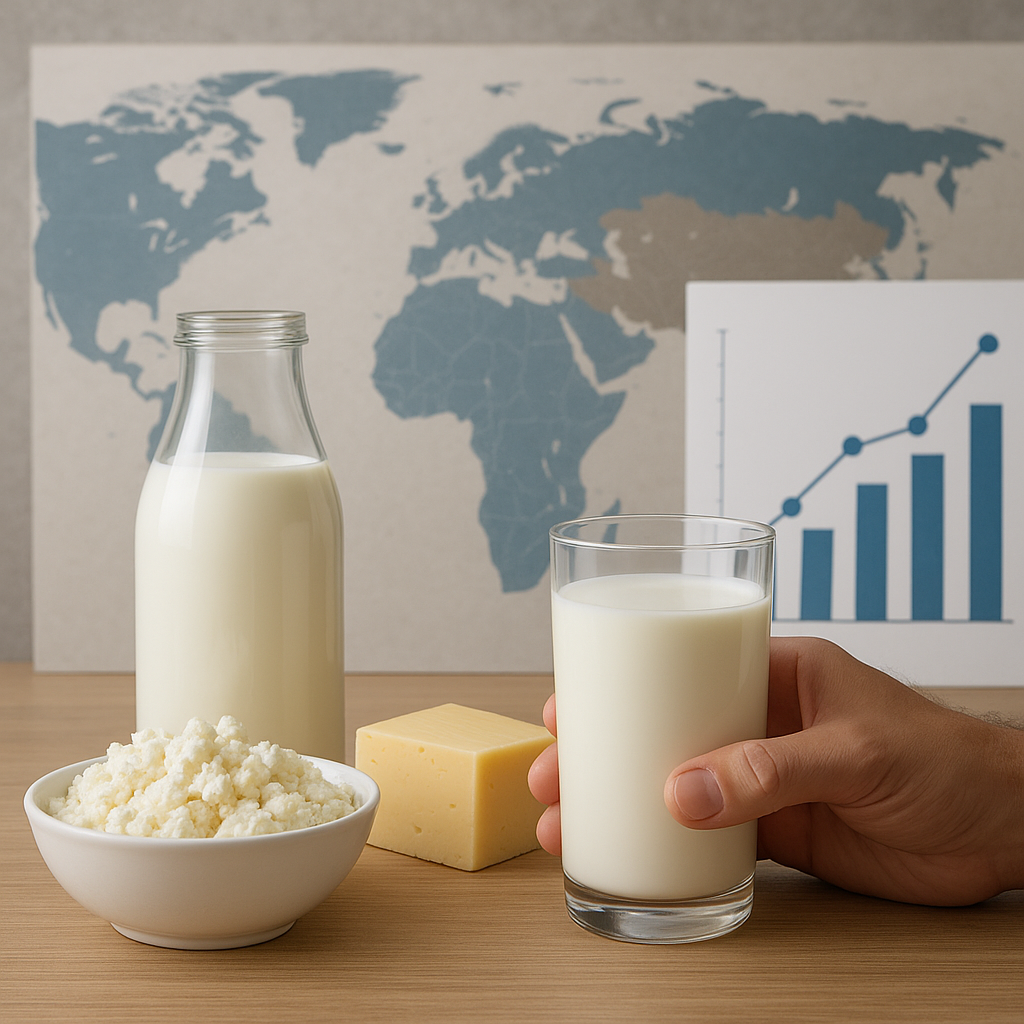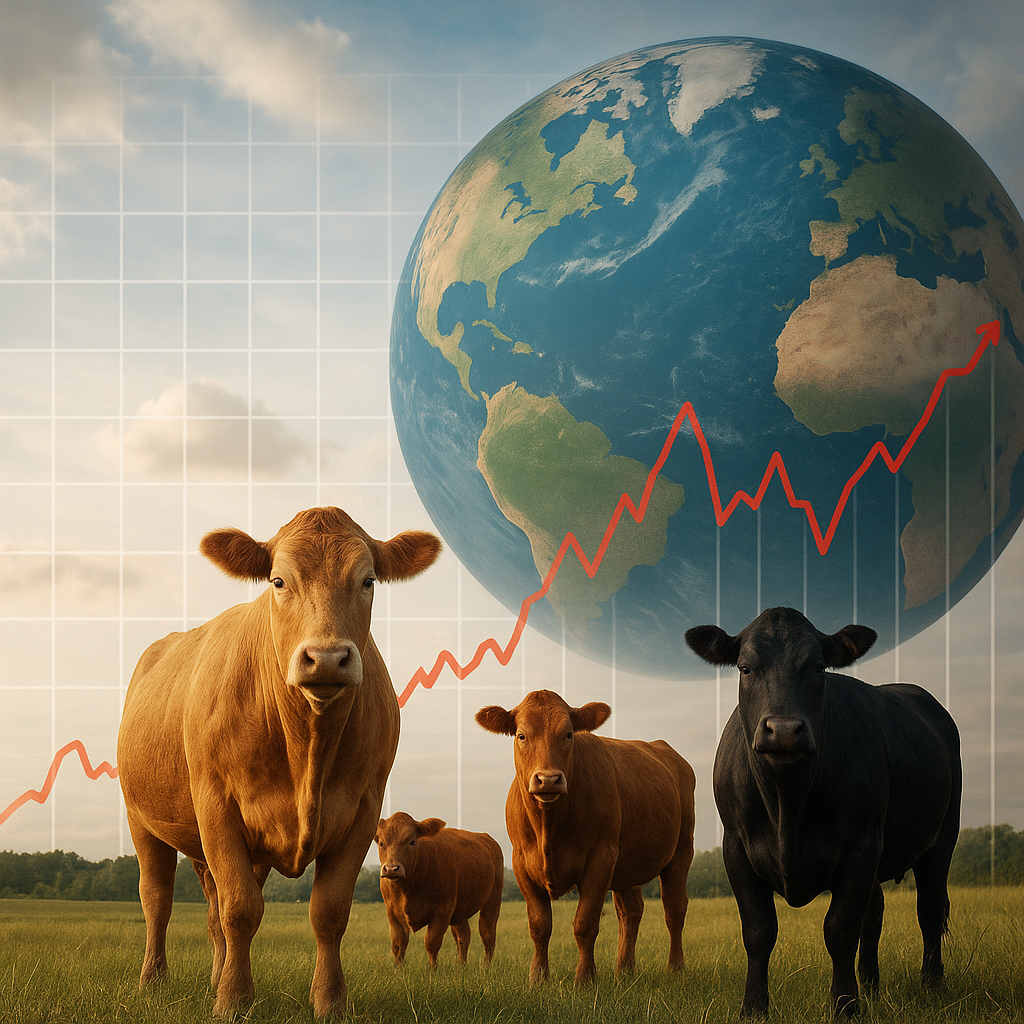The global agriculture sector is undergoing a profound transformation driven by digital technologies that reshape production, distribution, and risk management. Farmers, agribusinesses, and policymakers are integrating advanced tools to boost efficiency, enhance sustainability, and ensure food security for a growing population. This article explores pivotal trends, innovative applications, and the broader implications of innovation in the global agribusiness landscape.
Technology Adoption in Modern Farming
Precision farming, data-driven decision-making, and automation are revolutionizing how crops are cultivated and livestock managed. By harnessing the power of IoT devices and advanced sensors, producers can monitor soil moisture, nutrient levels, and weather patterns in real time.
Smart Equipment and Robotics
- Autonomous tractors equipped with GPS guidance and machine vision reduce labor costs and minimize soil compaction.
- Drone-based scouting provides high-resolution aerial imagery to identify pests, diseases, and nutrient deficiencies at an early stage.
- Robotic harvesters can pick fruits and vegetables with consistent speed and accuracy, optimizing yields and lowering waste.
Data Analytics and Decision Support
Big data analytics platforms consolidate information from multiple sources—satellite imagery, weather forecasts, market prices—and deliver actionable insights through dashboards and mobile apps. By predicting pest outbreaks or irrigation needs, farmers can allocate resources more effectively, decreasing both input costs and environmental impact.
Digital Supply Chain and Global Trade
Global agribusiness thrives on complex supply chains that connect producers, processors, exporters, and retailers. Digitalization enhances resilience and transparency, offering stakeholders real-time visibility into product quality, origin, and movement across borders.
Blockchain for Traceability
Distributed ledger technology ensures tamper-proof records of transactions and asset transfers. From farm to fork, each step is recorded—facilitating:
- Verification of organic or fair-trade claims
- Rapid response to contamination events
- Streamlined customs clearance through secure data sharing
E-Commerce and Digital Marketplaces
Online platforms enable smallholder farmers to reach global consumers, increasing price transparency and reducing dependence on intermediaries. By connecting directly with buyers, producers can negotiate better terms and expand market access. Advanced logistics management tools ensure that perishable goods maintain optimal temperature and humidity during transit, preserving quality and reducing spoilage.
Sustainability and Environmental Stewardship
Agriculture accounts for a significant share of greenhouse gas emissions, land use, and water consumption. Digital solutions play a vital role in promoting sustainable practices and mitigating climate risks.
Resource Optimization
- Variable-rate technology enables precise fertilizer and pesticide application, minimizing runoff and protecting ecosystems.
- Soil health monitoring using in-field sensors informs crop rotation strategies, boosting long-term fertility.
- Water management systems leverage predictive analytics to schedule irrigation events, conserving water in drought-prone regions.
Climate-Smart Agriculture
By integrating weather forecasting models with farm management software, growers can adjust planting dates, select drought-resistant cultivars, and anticipate extreme weather events. These approaches increase resilience to climate variability and safeguard livelihoods in vulnerable communities.
Emerging Innovations and Future Directions
The pace of technological development promises even more radical shifts in the coming decade. From blockchain-enabled smart contracts to gene-edited crops, the intersection of digital tools and life sciences is set to redefine agronomic boundaries.
Artificial Intelligence and Machine Learning
AI-driven models analyze patterns in crop growth, market trends, and supply chain disruptions. Machine learning algorithms can:
- Optimize planting schedules based on historical yield data
- Forecast commodity prices to guide sales strategies
- Detect anomalies in equipment performance to schedule preventive maintenance
Vertical Farming and Controlled-Environment Agriculture
Indoor farms using hydroponics and aeroponics systems offer high-density production with minimal land use. Fully automated facilities regulate light, temperature, and nutrients to maximize output year-round. Such models hold promise for urban areas, reducing transportation emissions and ensuring consistent supply.
Challenges and Considerations
Despite the significant benefits, digital transformation in agribusiness faces hurdles related to infrastructure, data governance, and equitable access.
- Connectivity gaps in rural regions limit adoption of cloud-based services.
- Data privacy concerns require clear policies on ownership and sharing of farm-level information.
- Training and knowledge transfer are essential to empower farmers, especially in developing markets.
Addressing these challenges demands collaboration among technology providers, governments, research institutions, and farmer cooperatives. By fostering inclusive innovation and investing in digital infrastructure, the global agriculture industry can unlock the full potential of modern tools to achieve higher productivity, greater sustainability, and improved livelihoods worldwide.



